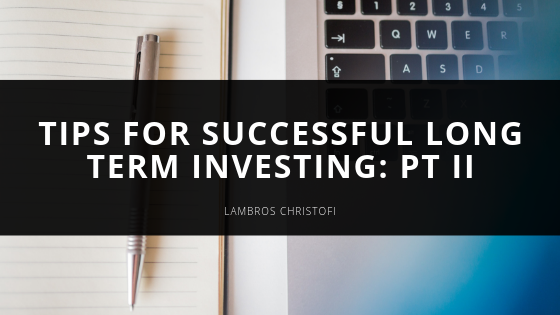These 3 specific stock tips deal with stocks on a more individual basis and therefore offer advice on how to look for good stocks, when to sell the losers, and when to hold on to the winners.
- Research
If an investor does not do adequate research before they invest their capital within a financial instrument, then what they are doing is not called investing, it is called gambling!
Today, there are plenty of resources online that help can help investors sift through stocks whose business model and current financial metrics are conducive to their given investment temperament.
3 well-known investment sites that investors can use to perform their research are as follows:
Motley Fool
Morningstar
Investopedia
All of them provide investment news, analysis, and research tools & resources to help investors make an informed decision about their current portfolio and potential stock purchases and sales.
While using these sites, investors should pay attention to the following financial information:
Dividend Consistency
P/E Ratio (price-to-earnings metric which helps give the investor a measure of the value of a stock t taking into account its current price compared to its current earnings)
Economic Indicators (Dow Jones Industrial Average & recent news headlines)
Past performance of a given stock is by no means a clear indicator of its future performance but it does give an investor a solid foundation from which they can begin their research.
- Hold Winners
If a particular stock still looks good even after it has gained a significant amount in price, then it is best to continue to hold onto it.
The famed mutual fund manager, Peter Lynch, attributed much of his success to what he called his “ten baggers” – stocks that increased tenfold in value.
Investors only need a handful of these to see a significant rise in their stock portfolio.
But how to know if a stock has the potential to be a ten-bagger?
Here are 3 features common to almost all ten baggers:
Unquantifiable products or services that end up changing the market.
Strong leaders that motivate employees and push the company to greater heights through thick & thin.
A small business capitalization (i.e., small-cap stocks) because that is where they usually begin.
If an investor chooses any stock with the above qualities, then they should continue to hold on to it even if the price has already increased three-fold as they may have a potential ten-bagger on their hands.
Even if a stock has risen either close to or at 10-bagger levels but still has solid fundamentals and a good future outlook, investors would be wise to stay in the game. At the very least, they should only take small profits by selling small portions of shares while keeping the majority of shares intact unless the stock price shows signs of slowing down or the business fundamentals start to deteriorate.
- Sell Losers
There is no shame in selling a stock when all indications point to continuous deterioration in its price.
Admitting mistakes and cutting a loser is a sign of a good investor.
Holding on to losers has the opposite effect as holding on to winners – it damages the return of an investor’s overall portfolio of stocks.
But how to figure out if a stock is truly a loser or has the potential to rebound back and go beyond the purchase price?
Here are 3 guiding principles investors should follow when deciding whether one of their stocks is a loser:
The underlying stock price continues to go down after 5-years even though the same stocks within its given sector and industry have risen as a whole.
The fundamentals of the business have deteriorated to such a point that the future outlook of the company seems bleak.
The stock has not achieved a specific target goal in the allotted time chosen by the investor. This applies to investors who have had success in the past with a set of investment targets which must be met to justify holding on to a particular stock.
Conclusion
Investing in the stock market has offered lucrative returns to investors who are patient and play the “long-game”.
That being said, investing long-term does not mean staying complacent and inactive. Investors should continuously monitor the situation of their stock portfolio and determine where best to allocate their money at any given point in time.
Life is change and so to it is with the stock market.
By using the tips outlined above, investors will know when to change and when not to change their stock portfolio according to what stock prices, business fundamentals, market conditions, economic indicators, and geographic factors are currently dictating to them.
